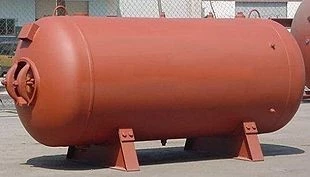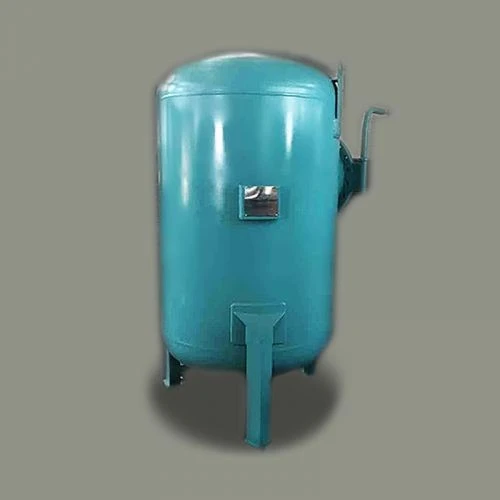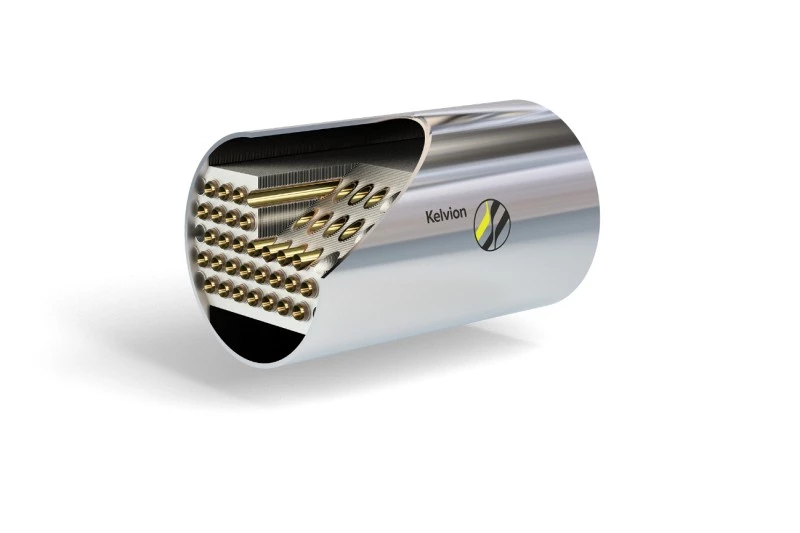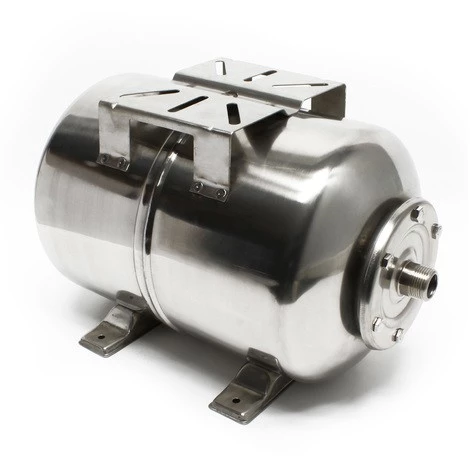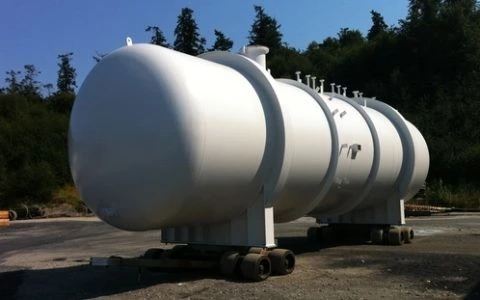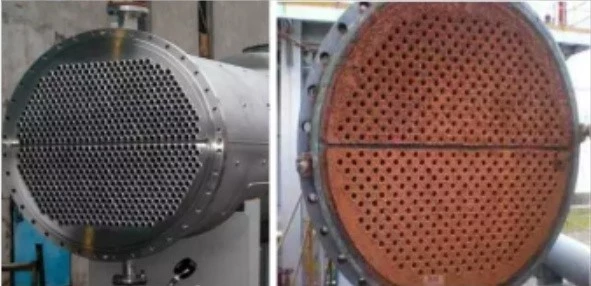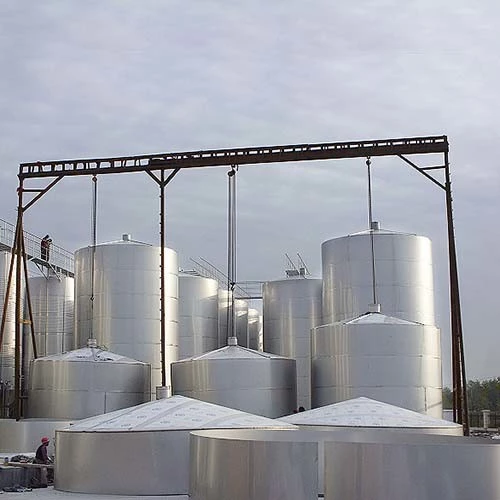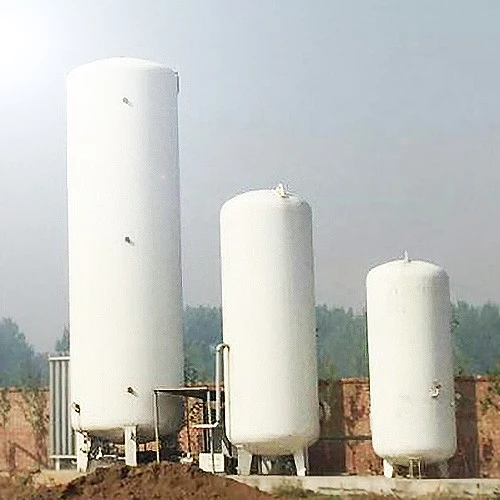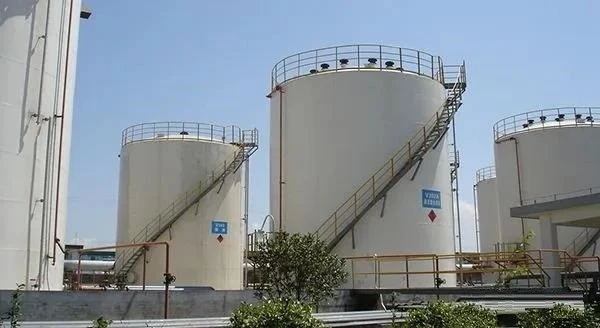Key Guidelines for Ensuring Safe Operation of Pressure Vessels
The safe operation of pressure vessels is of paramount importance to uphold workplace safety standards. Adhering to comprehensive guidelines is essential to mitigate potential risks and maintain a secure working environment. Here are detailed guidelines to ensure the safe operation of pressure vessels: 1. Temperature and Pressure Limits Strictly adhere to specified temperature and pressure limits to prevent the vessel from operating beyond its designated parameters. Exercise caution...

